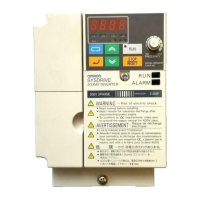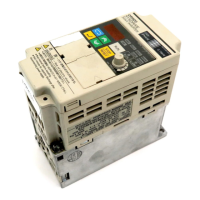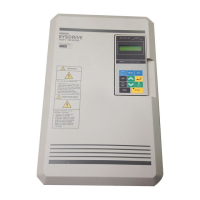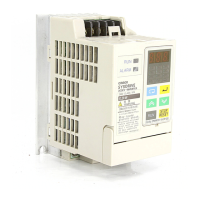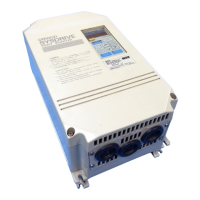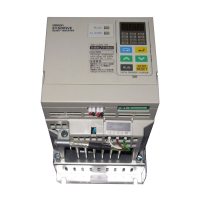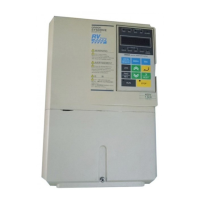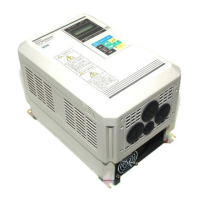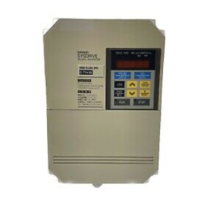11-4
D Gearmotor
The speed range for continuous operation differs according to the lubrication method
and motor manufacturer. In particular, the continuous operation of an oil-lubricated
motor in the low speed range may result in burning. If the motor is to be operated at a
speed higher than 60 Hz, consult with the manufacturer.
D Synchronous Motor
A synchronous motor is not suitable for Inverter control.
If a group of synchronousmotorsis individuallyturned on andoff, synchronism maybe
lost.
D Single-phase Motor
Do not use the Inverter for a single-phase motor.
The motor should be replaced with a 3-phase motor.
H Power Transmission Mechanism (Speed Reducers, Belts, and
Chains)
Ifanoil-lubricatedgearbox or speed reducer isusedin thepowertransmissionmecha-
nism, oil lubrication will be affected when the motor operates only in the low speed
range. The power transmission mechanism will make noise and experience problems
with service life and durability if the motor is operated at a speed higher than 50 Hz.
H Motor Burnout Caused by Insufficient Dielectric Strength of
Each Phase of Motor
Surge occurs among the phases of the motor when the output voltage is switched.
If the dielectric strength of each phase of the motor is insufficient, the motor may burn
out.
The dielectric strength of each phase of the motor must be higher than the maximum
surge voltage. Normally, the maximum surge voltage is approximately three times the
power voltage imposed on the Inverter.
Be sure to connect Inverter-dedicated motors if the Inverter is a 400-V-class model.
Standard motors do not have sufficient dielectric strength and may burn out.
Using the Inverter for a Motor Chapter 11
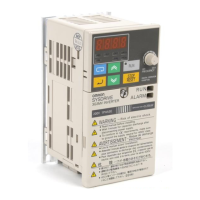
